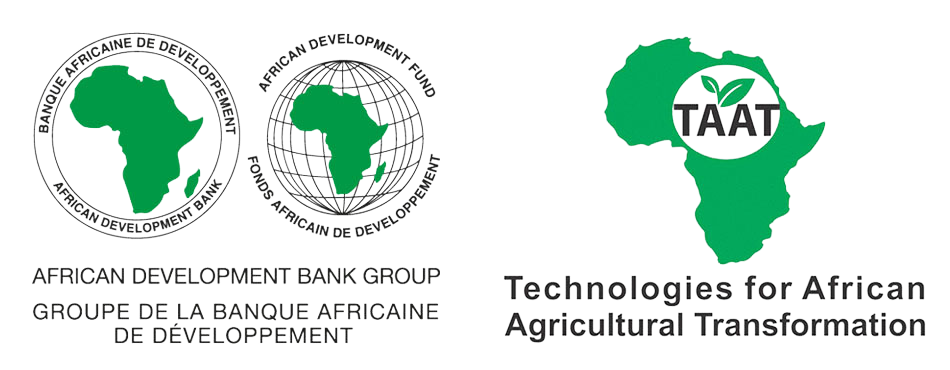

Grain in the Bank: Future Assurance
The warrantage inventory and credit system is a practical solution for small-scale farmers. It operates through a warehouse receipt mechanism, allowing farmers to store non-perishable crops (such as millet) in secure warehouses. In return, they receive inventory credit—loans against the stored grain. If farmers default, the grain is sold to recover the loan. This system provides several benefits: farmers gain from rising prices during scarcity, address urgent financial needs, pool resources for collective purchases, and engage in income-generating activities during the dry season. Implementation requires clean, secure warehouse facilities, equity injection for lending, and policy alignment to recognize agricultural produce as collateral. By minimizing risk and promoting financial inclusion, warrantage empowers smallholder families and strengthens rural economies.
This technology is TAAT1 validated.
90-kg hermetic bags
Open source / open access
In this section, you will soon discover essential elements to develop your business plan. You'll find a brief list of important questions to consider before launching your business, along with information on the technology's value proposition, target audience, key resources, strategic partners, and cost structure. This compilation will assist you in evaluating the various crucial aspects to ensure the success of your business.
In the meantime, use the 'Request information' button if you need to contact us.
Adults 18 and over: Positive high
The poor: Positive medium
Under 18: Positive high
Women: Positive high
Farmer climate change readiness: Significant improvement
Scaling Readiness describes how complete a technology’s development is and its ability to be scaled. It produces a score that measures a technology’s readiness along two axes: the level of maturity of the idea itself, and the level to which the technology has been used so far.
Each axis goes from 0 to 9 where 9 is the “ready-to-scale” status. For each technology profile in the e-catalogs we have documented the scaling readiness status from evidence given by the technology providers. The e-catalogs only showcase technologies for which the scaling readiness score is at least 8 for maturity of the idea and 7 for the level of use.
The graph below represents visually the scaling readiness status for this technology, you can see the label of each level by hovering your mouse cursor on the number.
Read more about scaling readiness ›
Uncontrolled environment: tested
Common use by intended users, in the real world
| Maturity of the idea | Level of use | |||||||||
| 9 | ||||||||||
| 8 | ||||||||||
| 7 | ||||||||||
| 6 | ||||||||||
| 5 | ||||||||||
| 4 | ||||||||||
| 3 | ||||||||||
| 2 | ||||||||||
| 1 | ||||||||||
| 1 | 2 | 3 | 4 | 5 | 6 | 7 | 8 | 9 | ||
| Country | Testing ongoing | Tested | Adopted |
|---|---|---|---|
| Burkina Faso | –No ongoing testing | Tested | Adopted |
| Mali | –No ongoing testing | Tested | Adopted |
| Niger | –No ongoing testing | Tested | Adopted |
| Nigeria | –No ongoing testing | Tested | Adopted |
| Senegal | –No ongoing testing | Tested | Adopted |
This technology can be used in the colored agro-ecological zones. Any zones shown in white are not suitable for this technology.
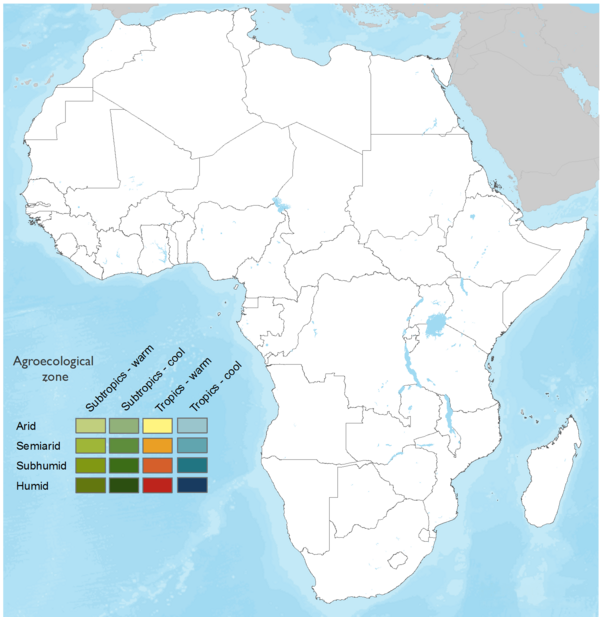

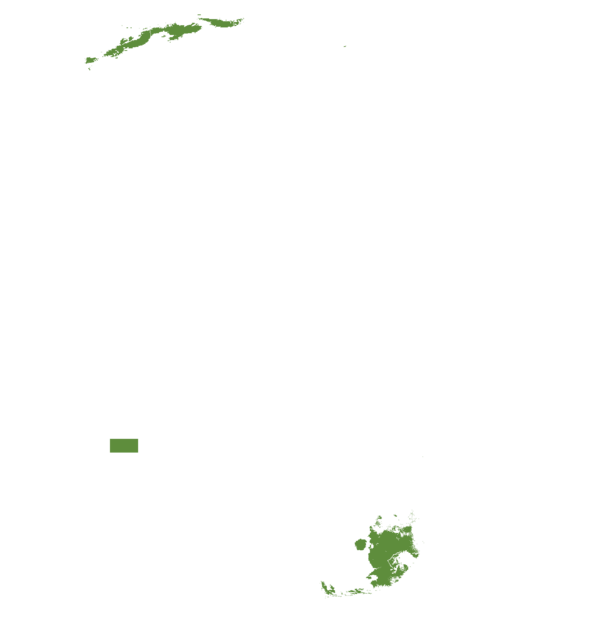
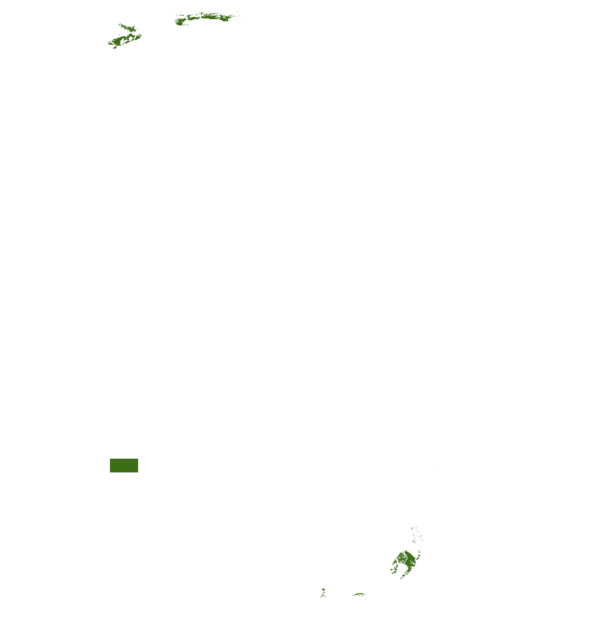



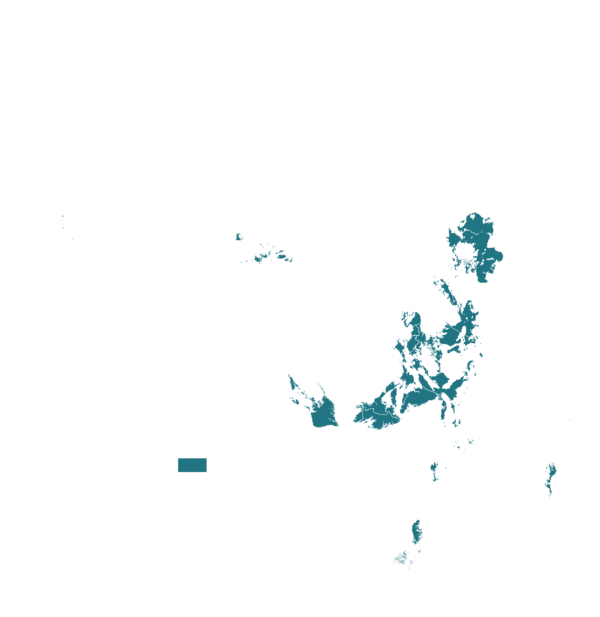
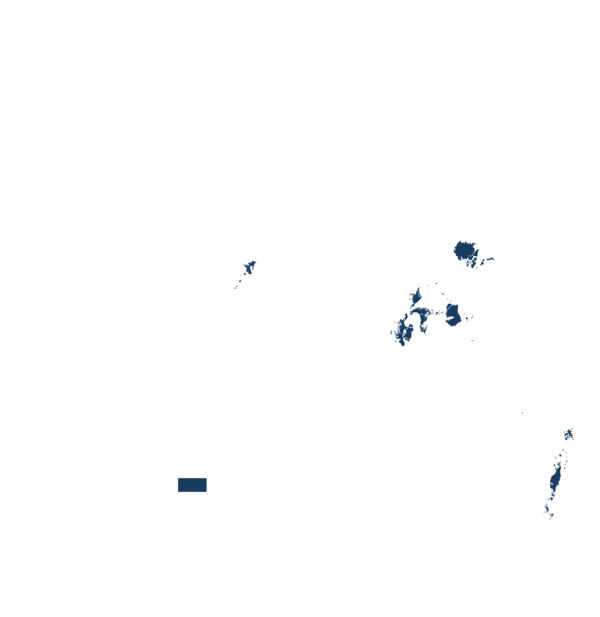
| AEZ | Subtropic - warm | Subtropic - cool | Tropic - warm | Tropic - cool |
|---|---|---|---|---|
| Arid | – | – | – | – |
| Semiarid | – | – | ||
| Subhumid | – | – | ||
| Humid |
Source: HarvestChoice/IFPRI 2009
The United Nations Sustainable Development Goals that are applicable to this technology.
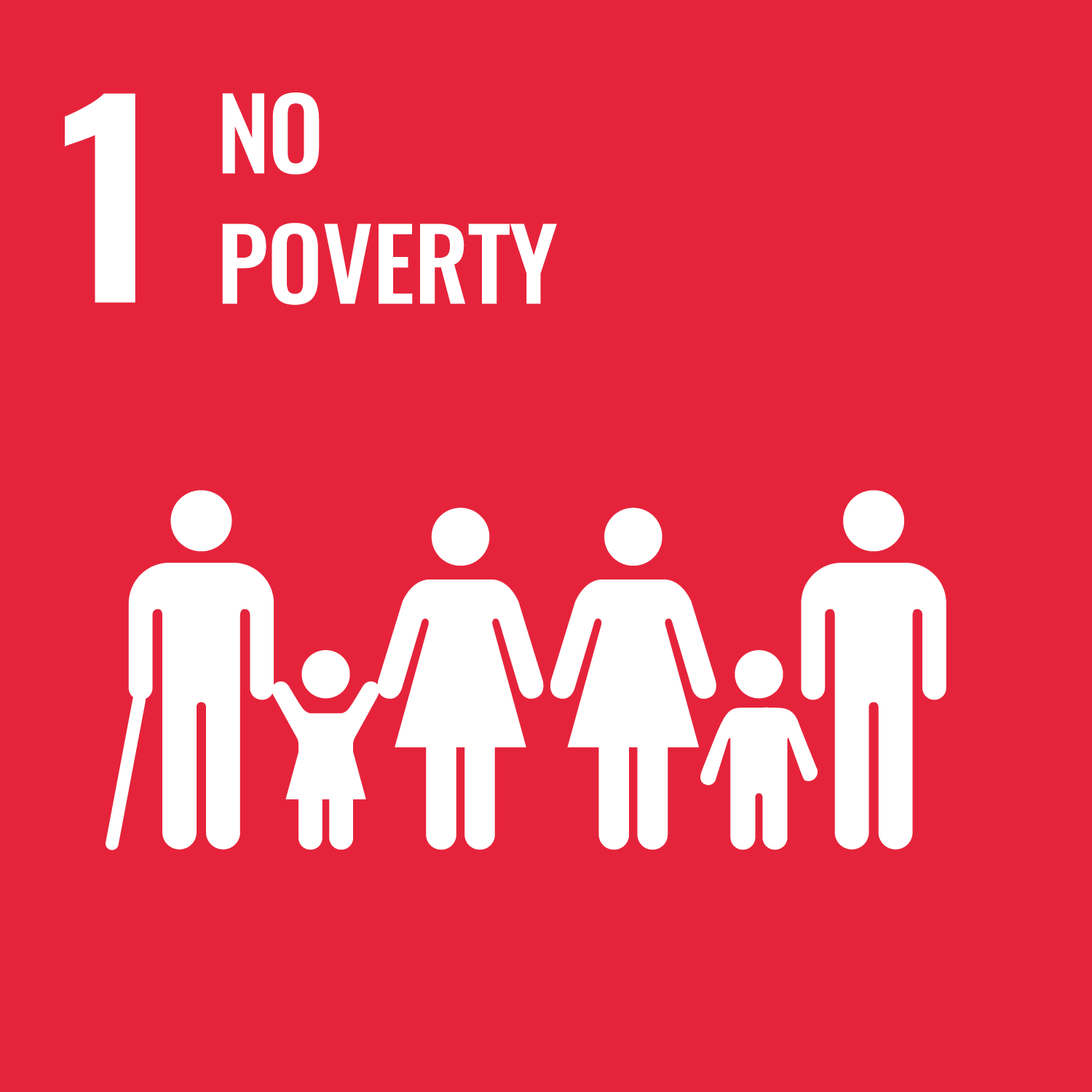

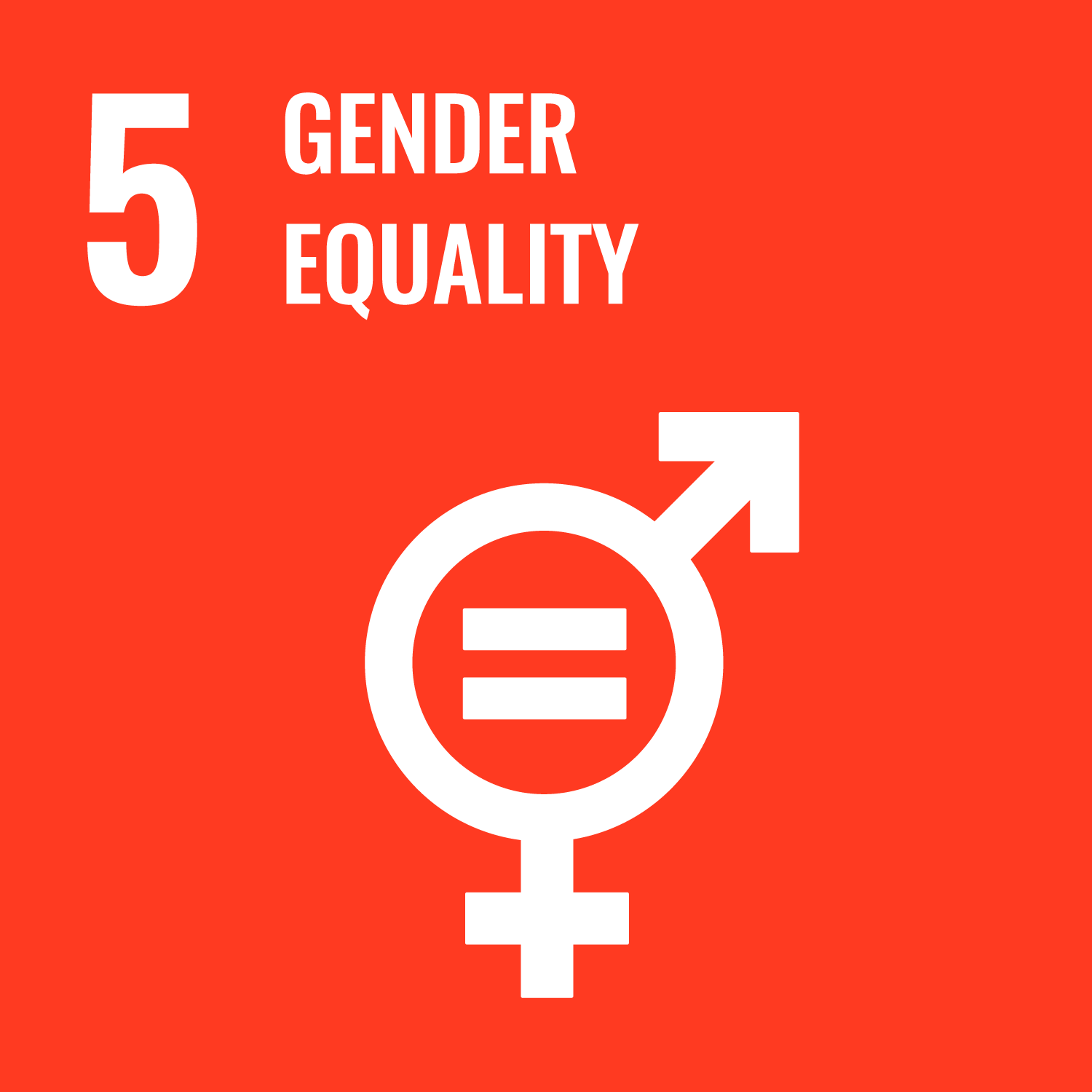
Last updated on 7 November 2025